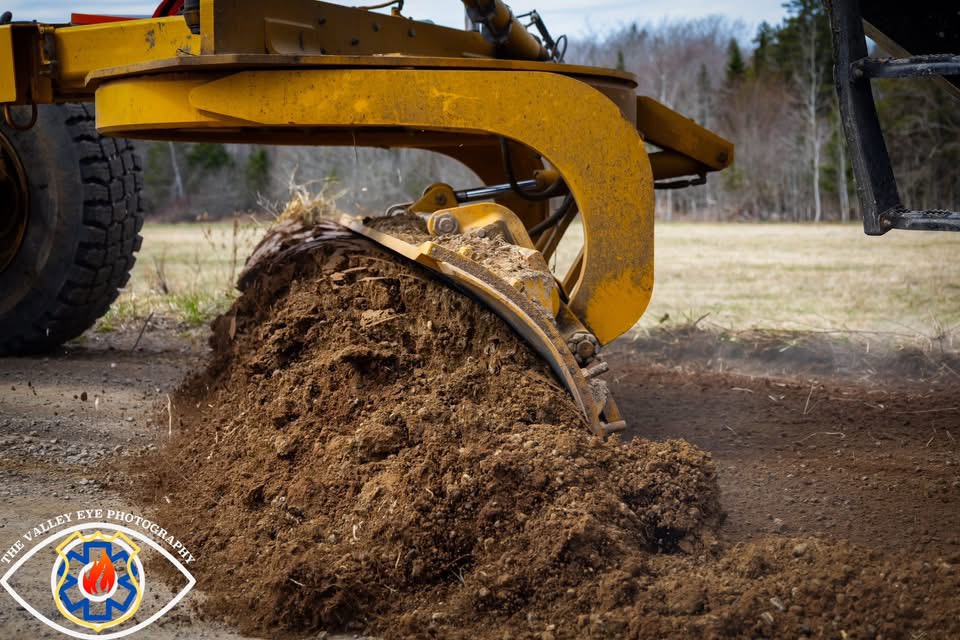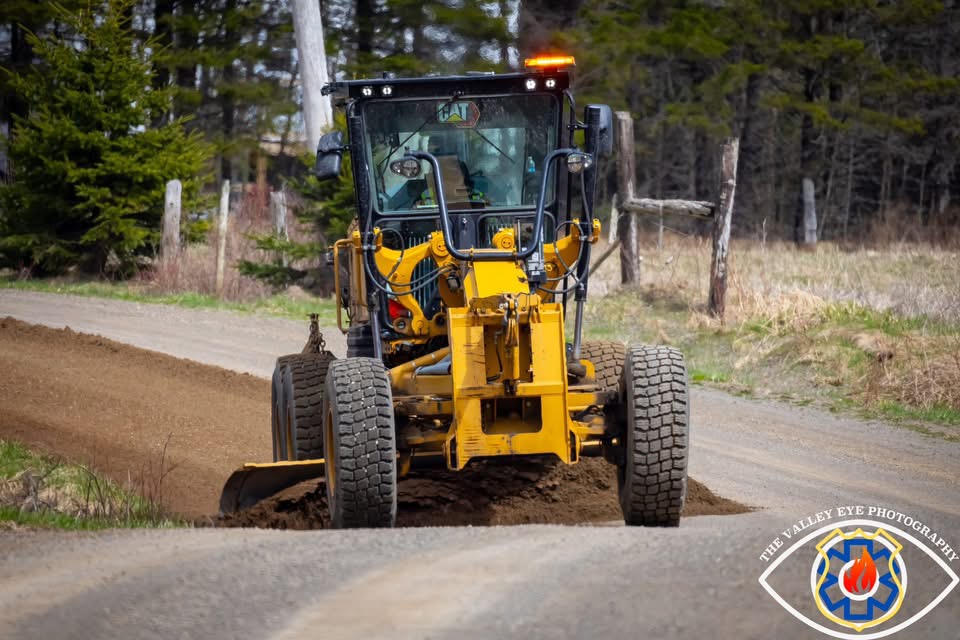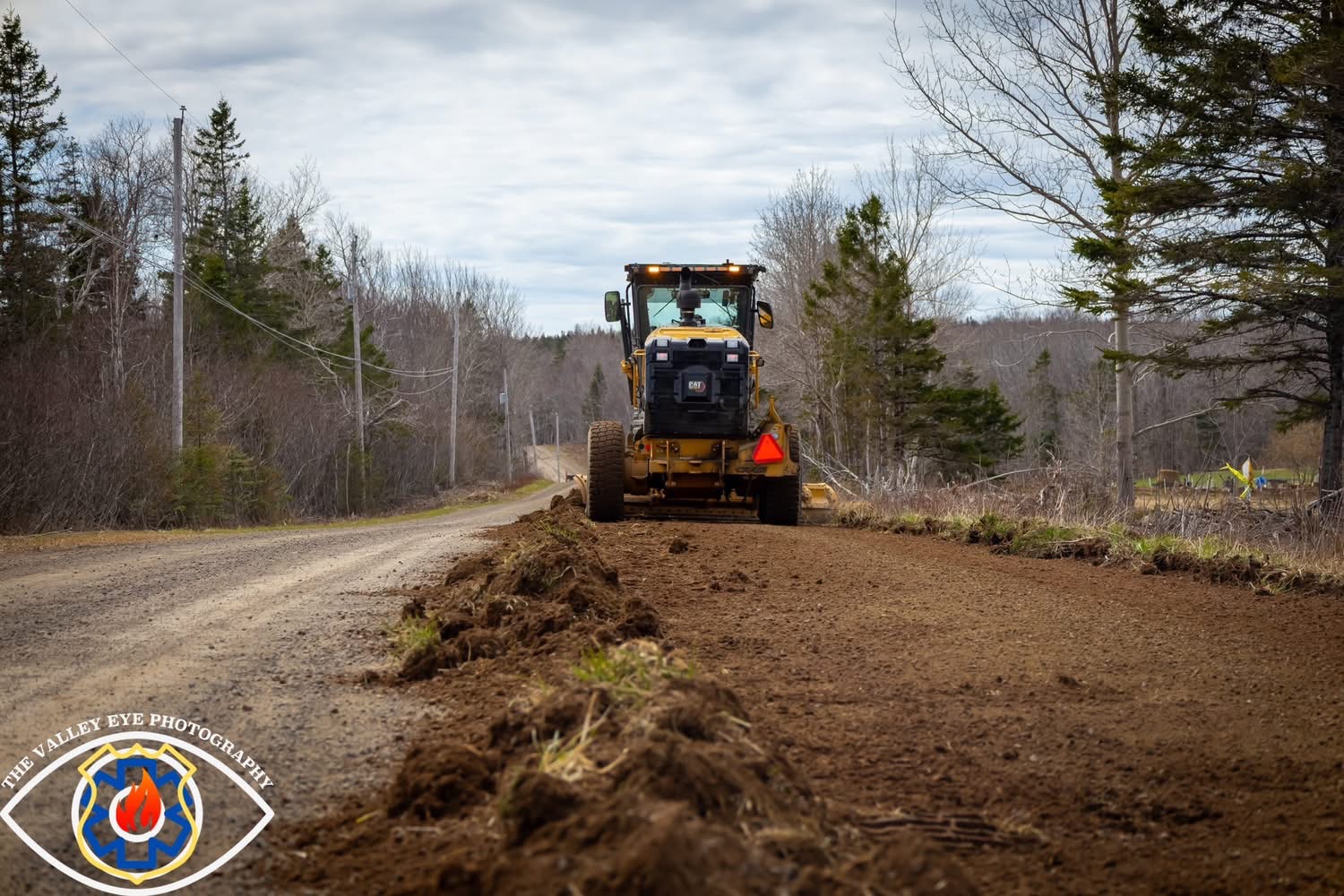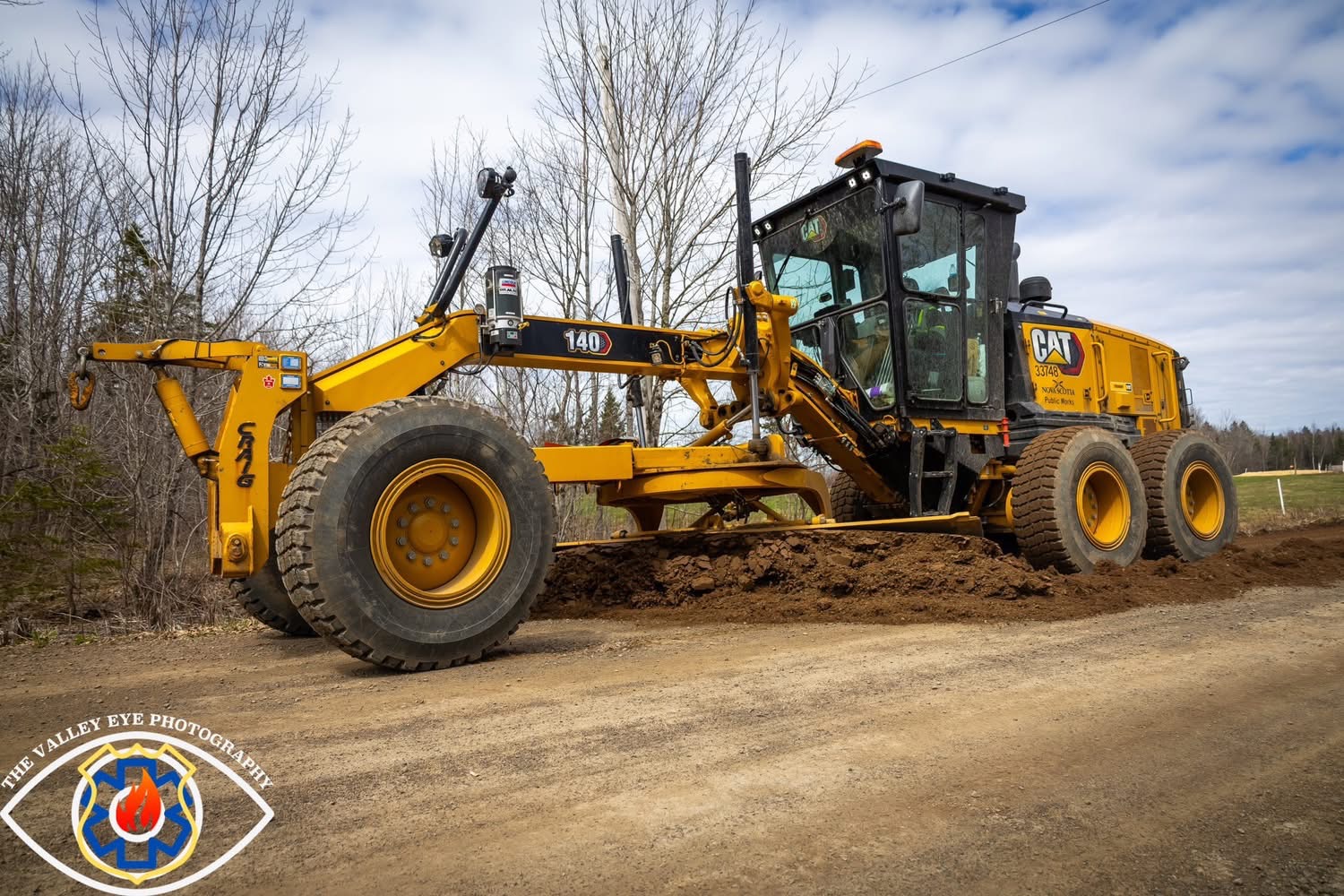Every spring, Department of Public Works grader operators across Nova Scotia, like Dumont Richard’s, work to maintain gravel and dirt roads across Nova Scotia.

Each year I highlight this work, ensuring those in our communities operate safely around our operators!
Grading begins this time of year after the winter works season is over. Now that spring weight restrictions are close to being lifted and the majority of roads have dried out to a point where full grading is possible.

Provincial Public Works makes grading a priority to ensure poor gravel road conditions, such as, wash boarding, potholes, and other distortions are properly maintained.
Typically, gravel roads are graded three times a year; spring, summer, and fall. In some cases, gravel roads that have fewer than 50 vehicles on them per day only receive one annual grading per year.

Grading priorities are determined by local supervisors, using the conditions of roads and traffic volumes as the main metrics for prioritizing grading work.
With approximately 470 kilometres of gravel and dirt roads across Kings County, with various levels of traffic volume and road conditions, this process takes some time.
Especially at this time of year, there are numerous graders on provincial roads working to improve road conditions.
During these operations, operators encounter a number of vehicles that are unsure of how to proceed when confronting a grader in operation.
Below are a few key facts for the public to help you and the operators safely carry out this important work:
“As we continue with our road construction and maintenance projects, safety remains our top priority. Graders will typically make multiple passes—at least 6 or more—to finish a road, often within a 2 km setup area (B92). It’s crucial to stay alert and aware of all potential hazards when driving near our graders.” – Department of Public Works.

Key Safety Guidelines:
Slow Down and Be Cautious.
When approaching areas where graders are operating, please reduce your speed and proceed with caution. Work zones can be unpredictable, and the grader may be moving slowly or changing direction.
Give Grader Operators Plenty of Space
Graders will often be making multiple passes to complete their work. Please stay at a safe distance and wait for a clear indication that it’s safe to pass. Grader operators may not always be able to see you, so ensure that they are aware of your presence before proceeding.
⚠️ Be Aware of Potential Hazards
While graders are working, various hazards may arise, including:
• Loose Gravel and Dirt: Grading can cause loose gravel and dirt to spill onto the road, creating uneven surfaces.
• Windrows: Graders may create windrows (piles of dirt or gravel) that can obstruct the road or make it hazardous.
• Rocks and Debris: Rocks and other debris may be dislodged during grading, which can pose a risk to your vehicle or other drivers.
Expect Delays: There may be occasional delays while graders complete their work. Please be patient and prepared for changes in traffic patterns. Operators are working hard to improve the roadways and ensure safer driving conditions in the long term.
Dust control is also applied once per year to gravel roads and typically applied during spring or summer based on conditions, weather and availability of product.
Where does dust control take place?
• Applied in front of residential and commercial buildings with 50 metres on each side
• Continuous through densely populated roads
• 50 metres on each leg of an intersection
• Application within 24 to 48 hours of road grading
The following information has been sourced directly from the Nova Scotia Department of Public Works.
Ensuring you play your part in the safety of our provincial operators during grading season is essential to having these roads maintained.
Adrian J.




